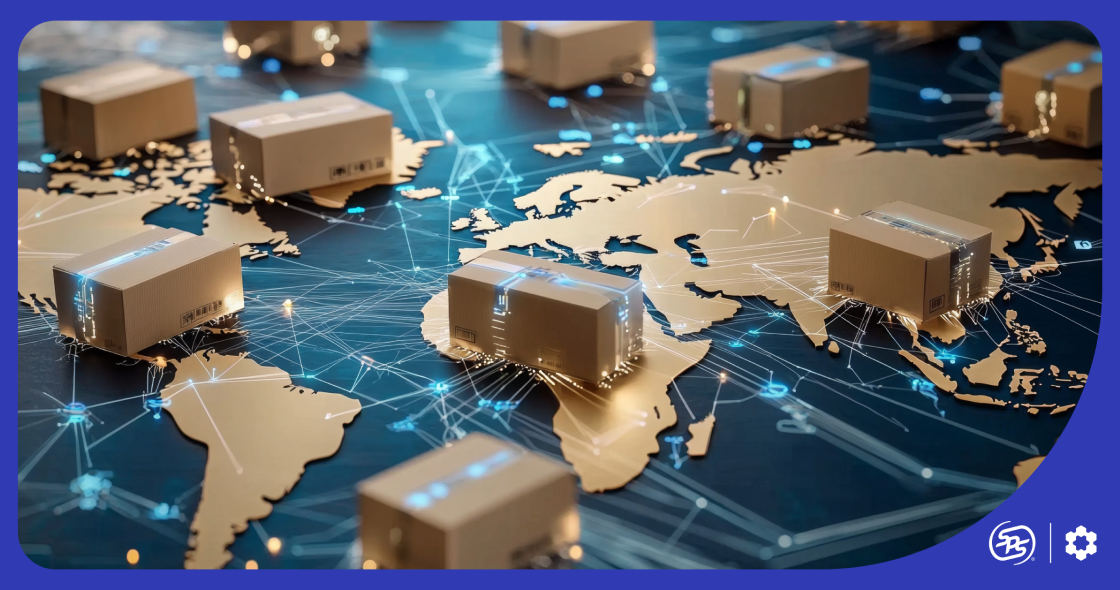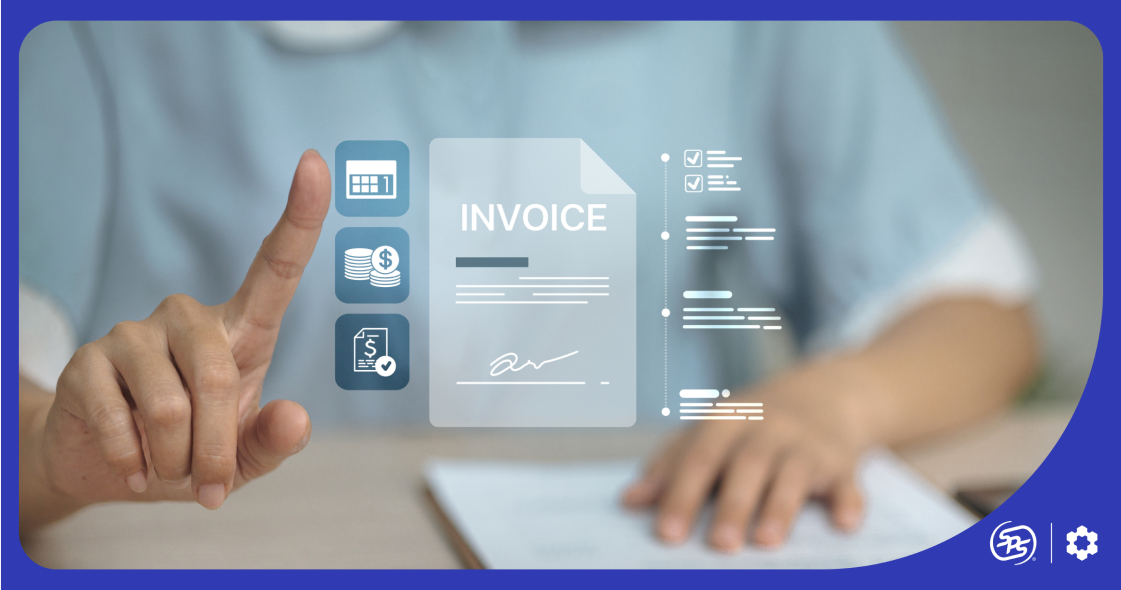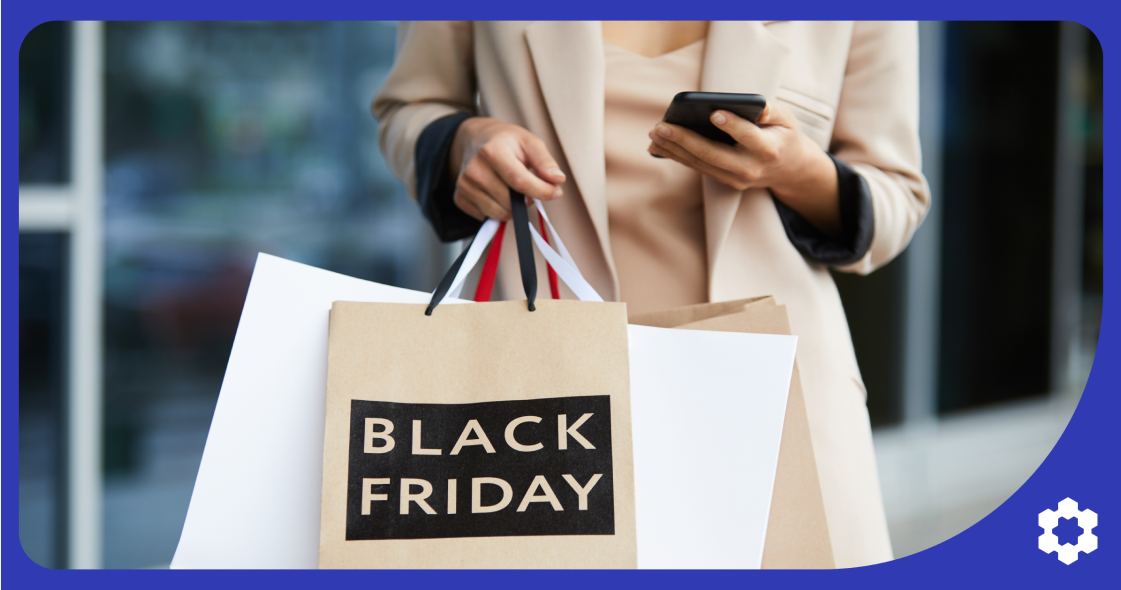Top Sellers News This Week
This week’s retail news shows Amazon empowering FBM sellers with near-FBA benefits while expanding ultrafast delivery in the UAE. Both moves point toward decentralized, localized logistics.
- Amazon launches FBM Ship+: Amazon’s new FBM Ship+ program lets sellers who manage their own fulfillment offer faster delivery speeds with verified estimates, and early results show packages arriving nine days faster and a 34% sales boost. It’s basically a hybrid approach: you control logistics but get FBA-level delivery performance.
- Amazon now delivers in 15 minutes across the UAE: Amazon just launched 15-minute delivery across the UAE using neighborhood micro-fulfillment centers. It’s free for Prime members on orders over AED 25 ($6), pushing the retailer closer to instant commerce that could expand globally.
What ties these together? Amazon’s making a clear move toward instant gratification on both ends of the marketplace.
FBM Ship+ Blurs the Line Between FBA and FBM
After years of steering sellers toward Fulfillment by Amazon (FBA), the ecommerce giant is rewriting its own playbook.
In a surprising shift highlighted in my recent LinkedIn post, Amazon has launched FBM Ship+, a program that gives Fulfilled by Merchant (FBM) sellers something they’ve long wanted: FBA-level delivery speeds and visibility, without surrendering control of their inventory.
The shift no one saw coming, FBM Ship+ quietly transforms self-fulfilling sellers into what she calls micro-FBA nodes. It’s a strategic decentralization move that extends Amazon’s logistical reach through its seller base without adding a single warehouse.
How Amazon FBM Ship+ Works
According to Amazon, the new program enables self-fulfilling sellers to offer faster and more accurate delivery promises using Amazon’s predictive logistics model and partnered expedited carriers.
Here’s what it looks like in practice:
- Faster shipping: In pilot programs, seller fulfilled orders arrived on average nine days faster, driven by partner carriers shipping 2.5 days quicker and Amazon’s predictive model correcting delivery estimates by 6.5 days.
- Sales lift: Once listings displayed verified delivery dates, sellers reported an average 34% increase in sales.
- Automation built in: FBM Ship+ automatically sets accurate delivery windows, applies same-day or one-day handling times based on seller history, and routes shipments through Amazon Buy Shipping at discounted rates.
- Cash back incentives: Sellers can earn rebates on qualifying shipments, including a ¥2 per-order bonus for China-to-Europe orders through December 2025.
Currently, FBM Ship+ supports international routes from China to the US, UK, Germany, Italy, Spain, France, and Japan, with domestic expansions expected soon.
Seller Community Response: Hope, Skepticism, and Strategy
My LinkedIn post sparked a lively discussion among Amazon sellers, some calling FBM Ship+ a “game-changer,” others warning that it could “tighten the noose” on already thin margins.
Optimists see FBM Ship+ as logistics empowerment, giving sellers stuck between control and convenience a real choice. Strategic thinkers view the move as a data decentralization play. As one commenter put it, “Amazon is turning every FBM seller into a predictive logistics node, it’s crowdsourcing Prime-level delivery through seller participation.”
Skeptics raised concerns about delivery pressure, saying Amazon’s algorithms often “overpromise cross-country delivery windows, binding sellers to unrealistic timelines.” Others cautioned that once everyone adopts it, “that 34% lift could flatten fast,” so FBM sellers should avoid becoming too reliant on the program.
All in all, these perspectives capture the tension at the heart of FBM Ship+. It’s both an opportunity and an experiment: one that could change how Amazon and its sellers share control over fulfillment, data, and the customer experience.
Why This Matters
For Amazon, FBM Ship+ is about scale without sprawl. By leveraging seller participation, Amazon expands its predictive network and delivery reach without building more warehouses.
For sellers, it’s a chance to regain control of their fulfillment process (potentially cutting costs and improving speed) while still benefiting from Amazon’s visibility and data infrastructure. But with that comes responsibility: sellers enrolled in FBM Ship+ must maintain strict handling and delivery performance to avoid penalties or lost eligibility.
Whether it’s a win-win evolution or a data-driven tradeoff, FBM sellers just got a seat at Amazon’s fulfillment table. Only now, they’re expected to move at FBA speed.
Amazon Expands 15-Minute Delivery to UAE
Amazon is accelerating its global fulfillment strategy once again. This time, shrinking delivery times from days to minutes!
Following its rollout in India earlier this year, Amazon Now has officially launched across the United Arab Emirates (UAE), offering customers ultra-fast delivery in as little as 15 minutes, and in some areas, as fast as six minutes.
How Does It Work?
Powered by micro-fulfillment centers embedded directly within neighborhoods, Amazon Now UAE is designed to bring essentials like groceries, baby products, and electronics closer to customers than ever before. Each compact warehouse stocks products tailored to hyperlocal demand (neighborhood-specific product needs), enabling Amazon to anticipate what customers will need before they even hit “Buy Now.”
According to Amazon Middle East VP Ronaldo Mouchawar, this launch “takes convenience to the next level,” reflecting Amazon’s goal to match the modern pace of life in the region.
Prime members get free delivery on orders over AED 25 (about $6), with smaller orders paying a small fee. The service has driven 40% monthly order growth and doubled Prime user shopping frequency, while also cutting traffic through shorter delivery routes.
This global push stands in interesting contrast to what’s happening in the US with Amazon’s same-day and next-day delivery network. In the US, Amazon delivers nearly 60% of Prime orders in its top 60 metropolitan areas via same- or next-day delivery. However, according to Red Stag Fulfillment, pure same-day delivery accounts for just around 12-15% of eligible Prime orders, while the remainder (some 45%) arrive the next day.
So, what’s the difference?
- In the US, “same-day delivery” still depends on cut-off times (usually by noon), inventory eligibility, proximity to fulfillment centres. Only a minority of orders qualify.
- In the UAE/India model through Amazon Now, the delivery window is dramatically shorter (minutes, not hours or days) because of micro FCs located within the neighbourhood, tailored inventory and ultra-local logistics.
- The US model focuses on reducing transit distance, regionalization of fulfillment, and next-day / same-day across metro areas. The international model pushes into “instant delivery” territory.
Is Amazon simply making same-day delivery the norm worldwide?
Possibly, and perhaps more than that. The rapid-delivery model in the UAE and India hints at where Amazon is headed: a logistics network so tight and hyper-localized that “delivery within hours” becomes the expectation, not the exception.
When you couple that with the recent FBM Ship+ initiative (which gives self-fulfilling sellers FBA-style delivery promises), you begin to see Amazon layering both sides of the equation: seller-side speed and consumer-side ultra-local fulfillment. Eventually, this could lead to a future US model where same-day becomes two-hour, and two-hour becomes 15-minute in select zones.
What This Means for Sellers
For US and global sellers, faster delivery windows through the micro FC model may help boost conversion rates but require rethinking inventory placement. Programs like FBM Ship+ may let sellers tap into rapid-delivery networks without a full FBA commitment.
But the big takeaway: what began as “get it tomorrow” is steadily heading toward “get it in an hour” or less. For sellers and customers alike, Amazon’s move in the UAE might not just be an isolated test; it could serve as a glimpse of what fast delivery may look like in the US and beyond.
Other Seller News This Week
1. Expand To Europe With Simplified Compliance
Amazon has integrated compliance service providers directly into the Sell Globally page, making it easier to meet local requirements for VAT, labeling, and translation across the UK, Germany, France, Spain, and Italy. Explore how this update can streamline your European expansion and help you find the right partners for compliance.
2. Reduced Voucher Fees Ahead Of The Holidays (UK Sellers)
Starting November 5, 2025, Amazon will cap variable voucher fees at £200 and cut the variable rate from 1.5% to 0.75%. Sellers planning Black Friday or Cyber Monday campaigns can take advantage of lower, more predictable promotional costs by updating or recreating their vouchers.
3. Amazon Web Services (AWS) Outage: When The Internet Went Dark
On October 20, a major AWS outage in the US-EAST-1 Region disrupted services worldwide for over 12 hours, affecting apps like Shopify, Venmo, and Snapchat. This coverage breaks down what caused the outage and what sellers can learn about preparing for infrastructure failures that impact ecommerce.
Adapting to Amazon’s New Era of Speed
Amazon’s latest retail news, from FBM Ship+ to 15-minute delivery across UAE, shows how the retailer is making ecommerce faster and more flexible. By letting sellers act as “micro-FBA nodes” and setting up fulfillment hubs right in neighborhoods, Amazon is bringing the moment between “Buy Now” and “At Your Door” even closer.
Here’s how to make these Amazon updates work for you.
- Review your current FBM or FBA performance metrics. Can you hit faster handling times or improve delivery promise accuracy?
- Consider hybrid models, e.g., FBA for high-volume SKUs, FBM for regionally stocked items. This flexibility can help you respond to Amazon’s ever-changing delivery standards without overextending costs.
- Leverage predictive tools and data like Carbon6’s SoStocked to anticipate demand spikes and optimize inventory placement closer to buyers.
- Prepare for “micro-fulfillment thinking.” As Amazon tests 15-minute delivery abroad, start exploring how to stage fast-moving inventory regionally (through 3PLs, local warehouses, or new domestic programs) as they roll out.
- Faster delivery shouldn’t come at the cost of profitability. Track your own data to balance Amazon’s insights with your profit goals.
For nearly five years, we’ve kept sellers informed, publishing 250 issues packed with policy changes, announcements, and community events. Subscribe below or share with your team to get these insights delivered weekly.







